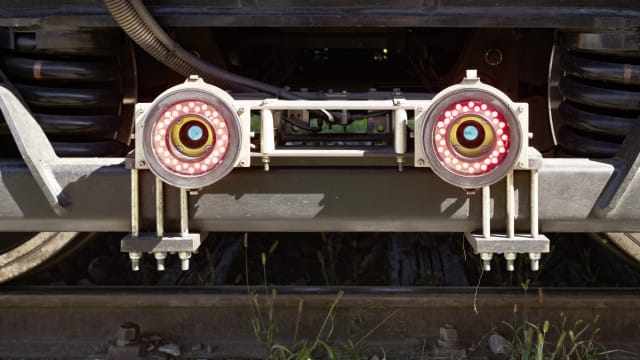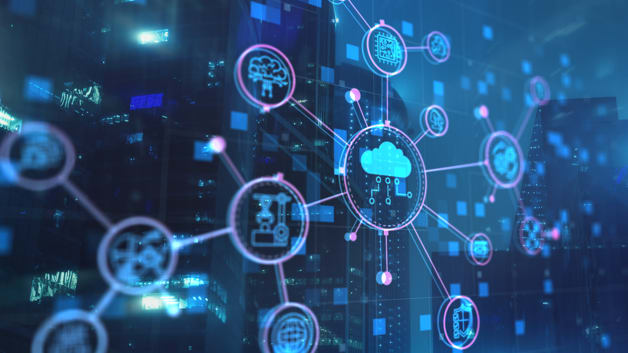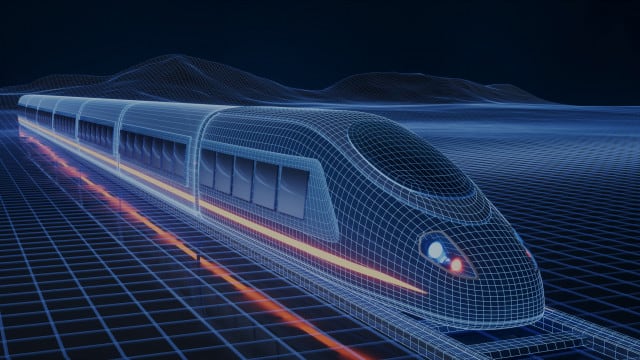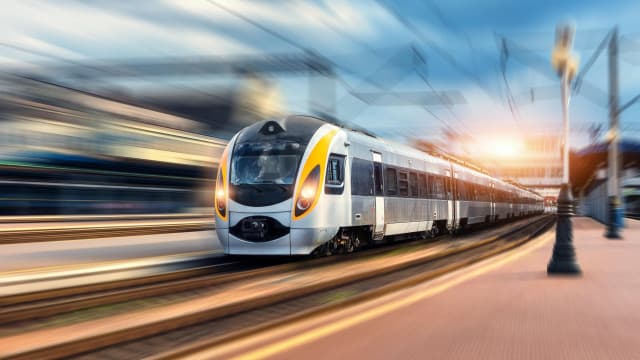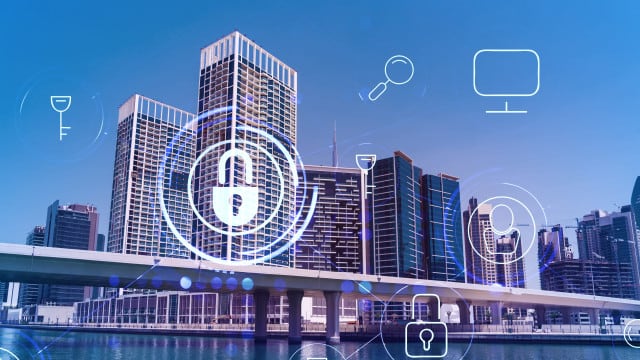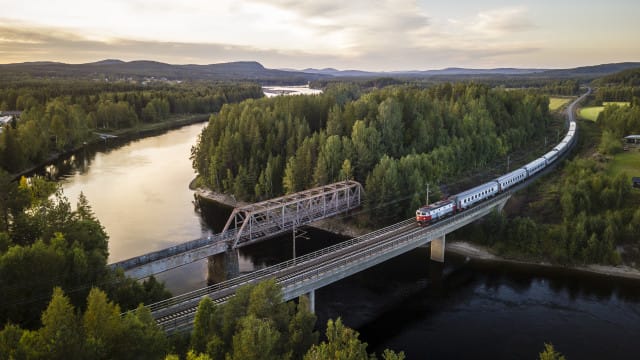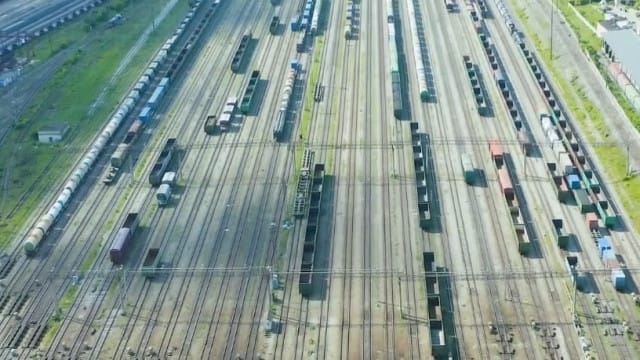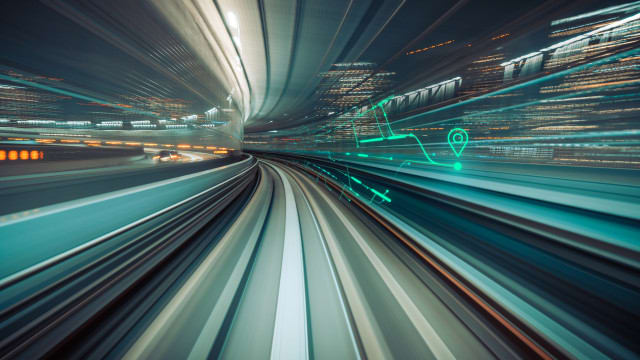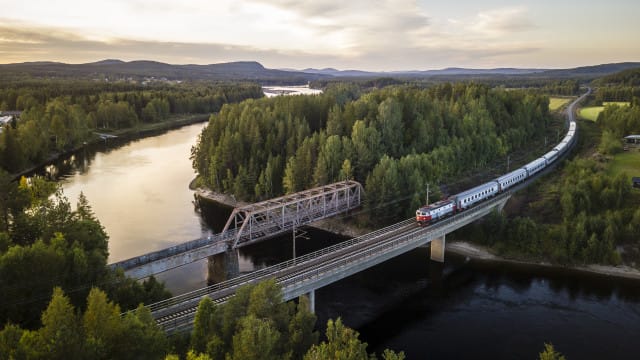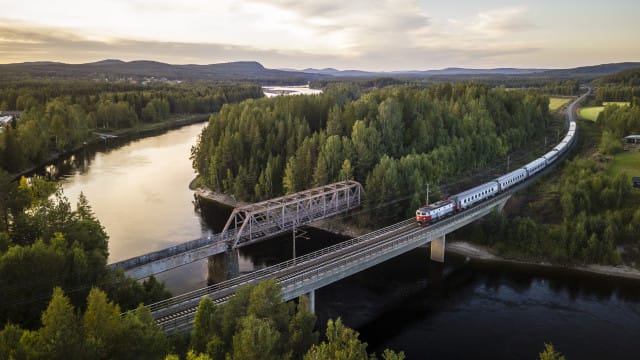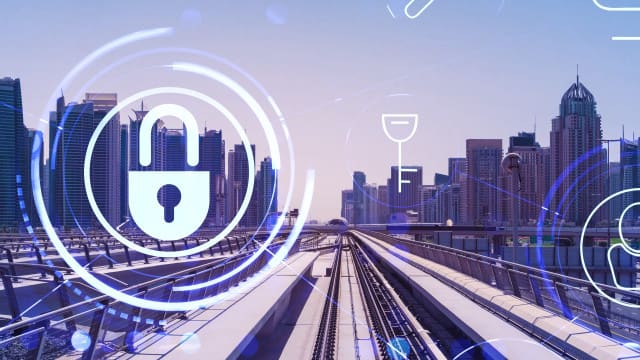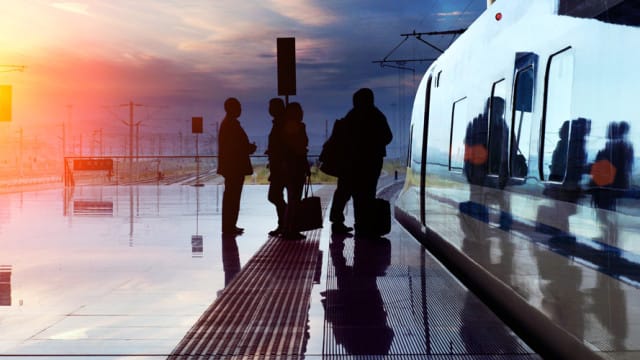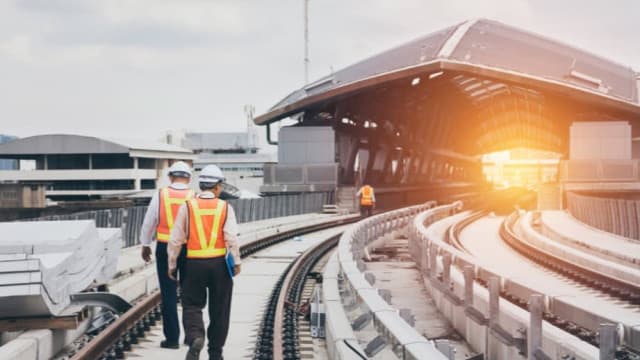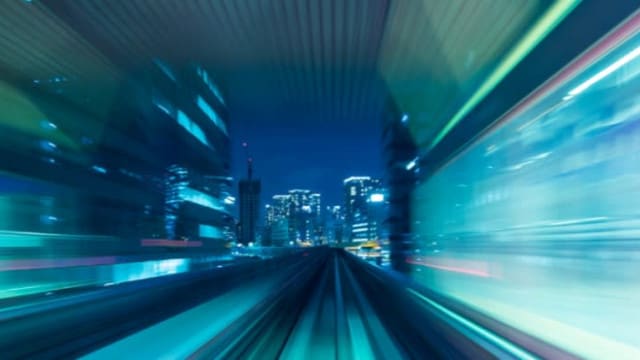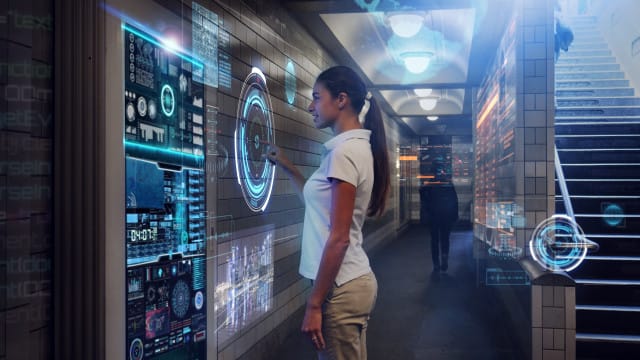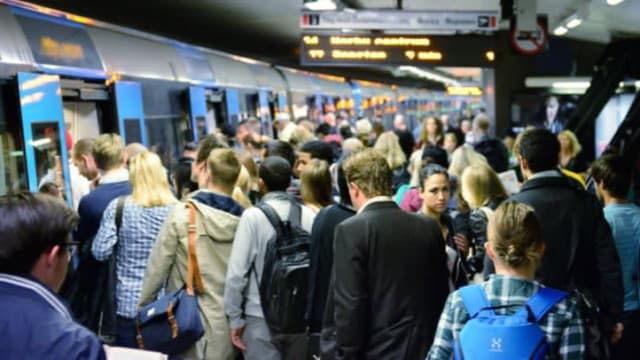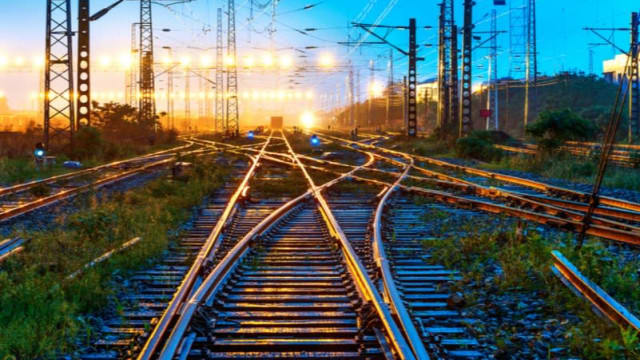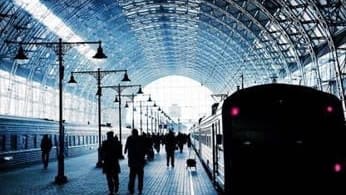Events
Insights into Automating Track Surveys with Referenced Track Geometry
Let’s ring in a new era of track surveys. Discover a fast and concise method for understanding your track’s needs: Referenced Track Geometry, automated by tmc. Watch this broadcast if you are a railway infrastructure manager or an engineer specialised in Track Surveys to get into the details on this new way of surveying tracks with referenced track geometry. Learn about the benefits and how you can access this new technology easily while making track surveys faster and safer. Get behind-the-scenes access with experts showing you the production environment of the system as it conducts surveys in Europe and Asia.



Delivering digital rail with an OT cloud
In the pursuit of enhanced transport services, climate resilience, and ambitious net-zero goals, rail operators are embracing digitalisation to ensure they are much more adaptable and flexible. This transformation extends beyond investment in physical assets such as rolling stocks and track to encompass digital assets like intelligent sensors, switches, automated control and supervision application software. As software and data starts to take centre stage, the private Operational Technology cloud is becoming the nerve centre of rail operations.
Join this broadcast featuring industry specialists as they discuss the key to successfully deploying rail cloud infrastructure, the essential elements of rail communications networks, and how this infrastructure can accelerate development and adoption of innovation across the sector.




Rail Broadcast Week
An insight into the digital future
In a series of one-hour broadcasts, key industry professionals delved into a range of specialized topics, discussing the changes in railway technology and operations, with a particular focus on impact of digitalisation. Individual broadcasts explored areas such as high speed rail, automation, cybersecurity, decarbonisation, predictive maintenance, the use of data and analytics and decarbonisation, and the potential impact of artificial intelligence.
Registered participants have full free access to the recorded versions of all Rail Business Week broadcasts.
#railbroadcastweek
Don't Forget the Present: Cybersecurity Uplift for Existing Rail Systems
It's easy to assume that rail cybersecurity is only a problem for brand new systems and solely focuses on security requirements at the system procurement stage. We sometimes ignore the fact that existing systems (the installed base) were probably not built with security in mind. But right now rail operations are running insecure protocols, being managed by Windows XP machines, and are powered by devices that are subject to critical vulnerabilities. The situation is risky and calls for immediate action.




Rail Cybersecurity in an Automated World: Defending Automated Train Operations (ATO) from Emerging Cyber-Threats
As the railway industry moves toward more automation for greater efficiency and control, this transition also comes with an increased risk of cybersecurity incidents. In most operational settings, there is an inherent trade-off between safety and security, and this is also the case when it comes to automated train operation systems in railways.





Making Digital Automatic coupling a reality in Europe
Live broadcast sponsored by Shift2Rail
Screw coupling is still today the coupling standard for freight trains in European countries. Coupling is done manually by a worker who must climb between wagons to hook and un-hook them, requiring physically exhausting manual operation in a hazardous environment.
A more efficient, sustainable and competitive rail freight system is essential to meet the needs of both climate protection and rising transport volumes. Digital automatic coupling is an enabler to create a modern and digital European railway freight transport.
Our panel of experts will discuss their experience with freight operations and how could not only increase efficiency their efficiency thanks to automation processes, but it will also ensure sufficient energy supply for telematics applications, as well as safe data communication throughout the entire train.
Optimizing Locomotive Acquisition and Deployment
Live broadcast sponsored by Navis Rail
For capital-intensive businesses, such as freight railroading, asset planning and optimization remain at the heart achieving operational efficiency. Locomotives are one of the most expensive assets used by railways and using the right tools and best practices support optimal decision making that can decrease operating cost and have a significant impact on capital expenditures.
Our panel of experts will discuss their experience with locomotive planning and tools that can help railways to understand critical rolling stock assets; drive utilization, predict maintenance and minimize fuel costs.
How digitalization transforms transportation in cities - Deep Dive
Live broadcast sponsored by Siemens Mobility
The pressure to fight climate change is growing as states and communities are setting ever more ambitious CO2 reduction targets - which fundamentally impact the transportation sector. At the same time, demand for mobility, particularly in urban areas, continues to increase, and cities are predicted to grow by 2.5 billion people over the next 30 years.
In this deep-dive session we combine four individual case studies and look at digital technologies with an impact on urban mobility. We discuss the future of smart signaling with 5G, how we can maximize the value from rail assets over the lifecycle through digital asset management and look at country-wide MaaS solutions. And we show how we can implement these solutions in cities responsibly and safely. Along these examples, we seek to provide insights on how cities and transportation systems can learn from each other in order to make transportation futureproof.
How digitalization transforms transportation in cities
Live broadcast sponsored by Siemens Mobility
The pressure to fight climate change is growing as states and communities are setting ever more ambitious CO2 reduction targets - which fundamentally impact the transportation sector. At the same time, demand for mobility, particularly in urban areas, continues to increase, and cities are predicted to grow by 2.5 billion people over the next 30 years.
The corona pandemic, in particular, has been a boost since technologies like contactless ticketing and digital capacity monitoring have ensured safe and reliable public transport. And thanks to digital solutions, the utilization of tracks and availability of rail systems can be increased. Cities have always been an accelerator for innovation and progress – in this session we want to explore how can we transform the transportation in our cities, today and tomorrow.
Understanding TS-50701, the new cybersecurity standard for rail networks
Live broadcast sponsored by Waterfall Security Solutions
Countries are increasingly committed to boosting a sustainable, resource-efficient, low-carbon economy. To reduce carbon emissions, Governments have realized that they need to increase public transport usage by making railways more productive and attractive to passengers. One way that railways and metros are achieving this is through the digitalization process.
However, all the efficiency gains resulting from increased network interconnectivity provides cyber-criminals with a bigger, more complex, and more vulnerable attack surface. Recognizing this increased threat landscape and complexity, the EU commission mandated CENELEC to integrate the essential requirements of EU Directives into a Technical Specification. Railway and cyber experts came up with the recently published TS 50701, which shows how to implement a state-of-the-art cybersecurity protection in a railway environment.
This talk discusses the new TS-50701 cybersecurity standard, the most important takeaways for both wayside and onboard systems, and important network segmentation considerations. The presentation will explore reference architectures and concrete examples based on rail cybersecurity projects.
Shaping the future for sustainable Rail Design : Transforming surfaces
Live broadcast sponsored by 3M
Join 3M and leading industry experts to learn more about sustainable solutions that help reduce CO2 emissions, lower production and operating costs, and enhance passenger experience and comfort.
Discover technology which can help you reduce production downtime and offer improved efficiency in rail car cleaning operations.
Presented solutions are aligned with the EU Year of Rail and Shift2Rail Initiatives and are designed to provide flexibility for designers, help with light weighting and reduce CO2 and VOC (Volatile organic compounds) emissions, maintenance costs and production downtime.
Cybersecurity for Rolling Stock Operations
Rolling Stock is increasingly turning into complex computer networks on wheels, including safety-critical, operations-critical and IT/business-critical elements. Internet connectivity, for example, is an opportunity to improve both the passenger experience and operational efficiencies, but introduces risks that threaten passenger safety and comfort. The digital train is a target for attacks that can range from minor disruptions to the truly catastrophic.
Understanding the post-pandemic railway
In our latest interactive live discussions sponsored by Deloitte, a panel of specialists will assess how the UK rail sector can best prepare for the post-pandemic world, where previous assumptions about ridership, network resilience and future investment have all been thrown into doubt. As we all look to a future beyond lockdown, this session will explore how far advanced analytics and data-driven insights could help train operators, asset owners and policymakers to adjust to an increasingly uncertain future, while ensuring the railway recovers to play a central role in realising a low-carbon transport network.
By registering for this live and interactive broadcast your details will be shared with our third-party sponsor Deloitte.
Optimize crew utilization for resilient rail operations
Making a crew plan is a complex endeavour. Planners are faced with the daunting task of creating an optimal plan that must take into account mandatory rest periods, hours of service limits, individual shift preferences and union agreements.
During this broadcast you will discover how advanced planning & optimization technology enables world-leading railway undertakings to provide efficient and high-quality services in normal conditions, as well as to resist, absorb and recover quickly from disruptions and other (un)foreseen changes to plans.
Our crew planning and optimization expert will address the key aspects of and challenges related to the optimization of crew utilization to match service and fleet planning to allow for better control of labour costs, increased punctuality, service quality and crew satisfaction.
The future of rail infrastructure in the UK
The Guild’s live broadcast and interactive panel discussion with Huw Merriman MP, Chair of the Transport Select Committee, hosted by journalist, newsreader and presenter Clive Myrie.
Focusing on the future
In the last of our week of interactive live discussions, on September 25 Railway Gazette will review the themes which have emerged over the course of the five days, and seek to explore the key short and medium-term opportunities and risks facing the global rail sector.
Paving the way to FRMCS
Several railway operators are on the way to digitalization and automation of their railway operations, they are already running special programs, such as Smart Rail 4.0, Digitale Schiene, DigiRail, etc. These programs allow future services to run even more reliably, increase capacity on the existing rail networks, improve safety for employees and optimize system costs. FRMCS, enabled by the latest mobile communication technology – 5G – plays a central role by not only replacing the legacy GSM-R communication system, but also by allowing the implementation of a broad range of new use cases, such as ATO, IoT and remote operation.
Nevertheless, the introduction path will be phased. Coexistence and extended lifecycle of current generation systems will run for quite a few years on a parallel track. FRMCS technology will be tested and gradually deployed throughout the network and rolling stock fleet until GSM-R switches off.
The future of passenger rail
We consider the future of passenger rail in the 2020s. There can be little doubt that the coronavirus pandemic has shaken faith in public transport, but rail remains fundamentally attractive for its ability to move people efficiently with minimal land take and an extremely low carbon footprint. This discussion will assess the outlook for passenger operators and how they might adjust to a ‘new normal’.
Developing smart rail infrastructure
We examine the challenges facing infrastructure managers and the opportunities for technological innovations to reduce the cost and improve the efficiency of railway construction and maintenance.
Efficient rail solutions for a sustainable future
Find out how to save money through innovative, safe and sustainable rail operations.
Join 3M and industry experts to learn how to drive cost savings through sustainable solutions for enhanced passenger experience, increased safety, reduced downtime and simplified cleaning of rail cars.
The measure of success in rail transport is no longer solely defined by a fast and reliable service. It now requires excellence throughout the total passenger and worker experience, including comfort, safety, cleanliness and the visual appeal that attracts customers to come on board… and keeps them coming back.
An error occurred trying to play the stream. Please reload the page and try again.
Close
